On the morning of February 19, the National Assembly passed a Resolution of the National Assembly to pilot a number of specific and special mechanisms and policies to develop the urban railway network system in Hanoi and Ho Chi Minh City with 100% of the delegates present in agreement.
Decentralization and delegation of authority to Hanoi and Ho Chi Minh City
Accordingly, the National Assembly allows the piloting of 6 specific and special mechanisms and policies to develop the urban railway network system in Hanoi and Ho Chi Minh City.
These are specific and special mechanisms and policies on: Mobilizing and allocating investment capital; Procedures for investing in urban railway projects, urban railway projects according to the TOD model; Urban development according to the TOD model; Railway industry development, technology transfer and human resource training; Policies on construction materials and dumping sites; Regulations specifically applicable to Ho Chi Minh City.
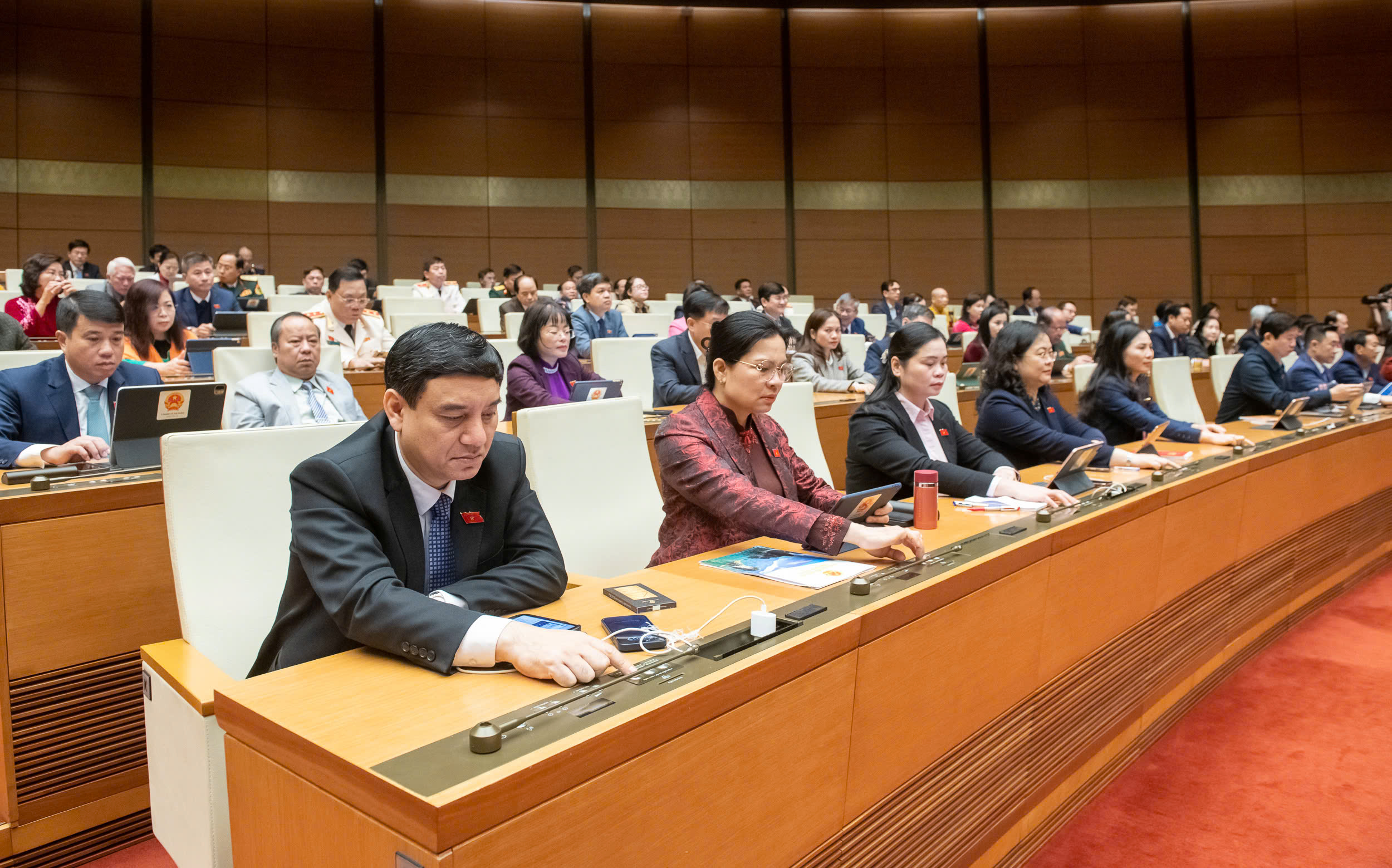
Delegates vote on the National Assembly's Resolution on piloting a number of specific and special mechanisms and policies to develop the urban railway network system in Hanoi and Ho Chi Minh City.
According to the Resolution, regarding the mobilization and arrangement of investment capital, during the process of investment preparation and implementation of investment projects in the project list in the appendix attached to the Resolution, the Prime Minister is allowed to decide on a number of contents.
In particular, based on the ability to balance and arrange the medium-term public investment plan, the central budget will annually supplement the local budget with a target, not exceeding VND 215,350 billion for Hanoi and not exceeding VND 209,500 billion for Ho Chi Minh City in the medium-term public investment plan periods of 2026-2030 and 2031-2035 as a basis for deciding on investment and implementing investment projects.
In addition, the Prime Minister is also allowed to decide on mobilizing official development assistance (ODA) capital and foreign concessional loans to implement projects and is not required to prepare a Project Proposal using ODA capital and foreign concessional loans according to relevant laws.
The City People's Council is responsible for balancing and arranging the medium-term and annual public investment plan using local budget capital as the basis for deciding on investment and implementing investment in projects in the list of planned projects in the attached appendix.
Permitted investment sources include: Local budgets in the medium-term and annual periods, including foreign loans from the Government for re-lending and local government bond capital;
Sources of increased revenue and annual savings (if any) that do not have to follow the order of priority prescribed by law on the State budget and other legal sources of capital.
The People's Committees of Hanoi and Ho Chi Minh City are allowed to decide on the allocation of capital from the city budget in the medium-term public investment plan and the annual public investment plan before making investment decisions to implement a number of activities serving urban railway projects and urban railway projects following the TOD model.
Specifically, the spending tasks of investors, project management units; training of human resources of State agencies, project management units, operating and exploitation units, training facilities, research facilities; payment for consulting services...
To implement urban railway projects, urban railway projects following the TOD model, the City People's Committee is allowed to decide to use the annual local budget reserve; advance the local budget estimate for the following year to ensure no more than 50% of the estimated capital construction investment expenditure for the implementation year of basic construction works under the approved medium-term public investment plan from the local budget.
Ho Chi Minh City is allowed to use 100% of the revenue from the increased value of land in the TOD area.
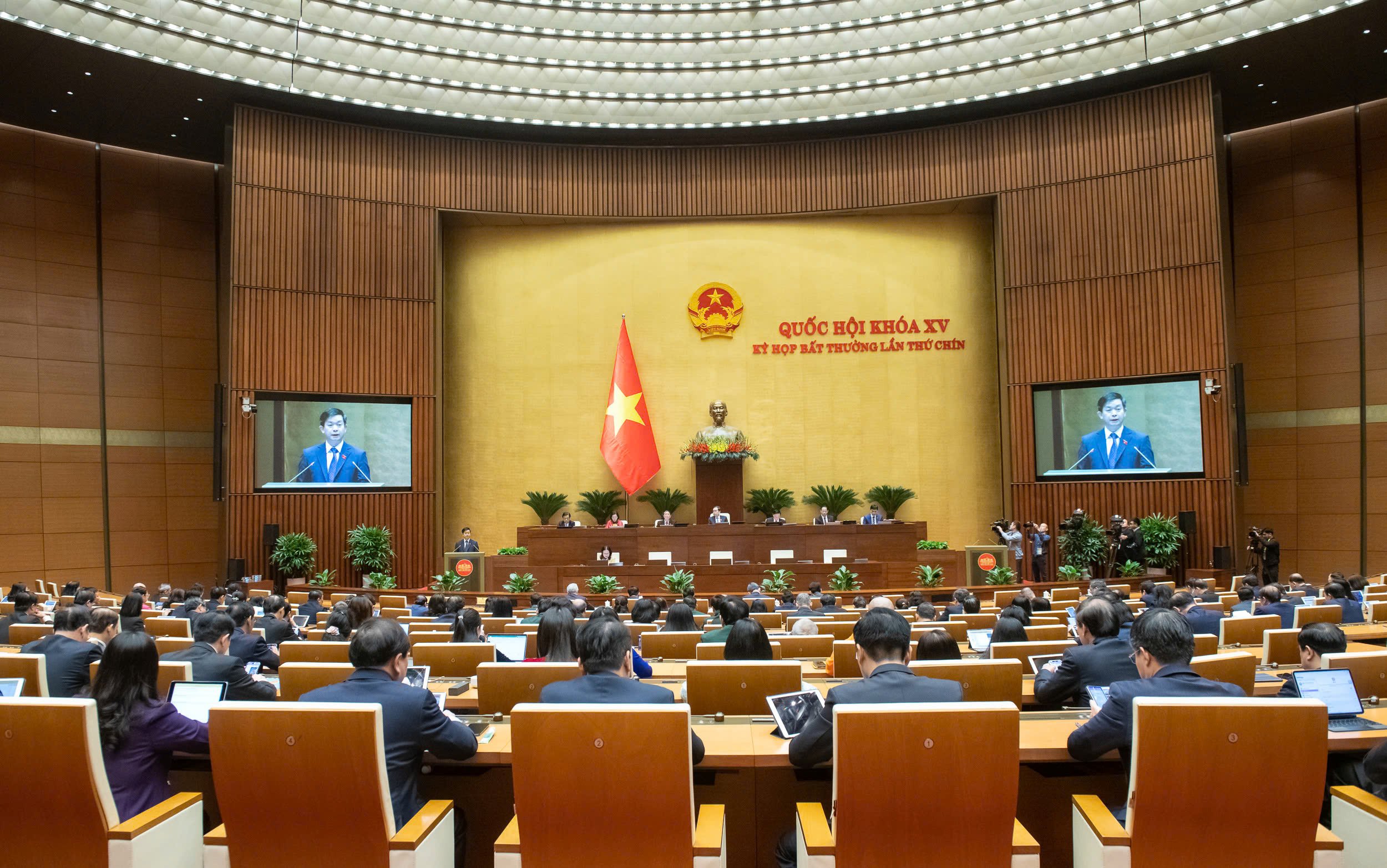
Secretary General of the National Assembly - Head of the National Assembly Office Le Quang Tung presented a report explaining, accepting and revising the draft Resolution.
In the regulations specifically applied to Ho Chi Minh City, the Resolution states that for the TOD area, to develop the urban railway system, public transport system, and technical infrastructure connecting with the public passenger transport system, the Ho Chi Minh City People's Committee is allowed to collect and use 100% of some revenues.
That is the revenue from the increased floor area of civil construction projects due to the increase in land use coefficient and other planning indicators of the TOD area;
Revenue from exploitation of added value from land in TOD area; infrastructure improvement fee.
The Ho Chi Minh City People's Committee is allowed to borrow through the issuance of local government bonds, borrowing from domestic financial institutions, other domestic organizations, and from foreign loans from the Government to the city and other legal forms of capital mobilization.
However, the total outstanding loan balance must not exceed 120% of the city's budget revenue according to decentralization. In case it exceeds 120%, the National Assembly will consider and adjust the outstanding loan balance to suit the actual needs of the city.
Every year, during the budget execution process, the Ho Chi Minh City People's Council proactively decides on specific domestic loan sources and foreign loan sources guaranteed by the Government within the total outstanding loan balance and budget deficit of the city as decided by the National Assembly and assigned by the Prime Minister.
Ho Chi Minh City People's Committee organizes the appraisal and approval of the environmental impact assessment report; issues environmental licenses before the urban railway project, urban railway project under the TOD model is put into trial operation (if the project is subject to environmental licensing procedures), and environmental registration (if the project is not subject to environmental licensing).
Source: https://www.baogiaothong.vn/cho-phep-thi-diem-6-co-che-dac-thu-dac-biet-lam-duong-sat-do-thi-tai-ha-noi-tphcm-192250219091549209.htm








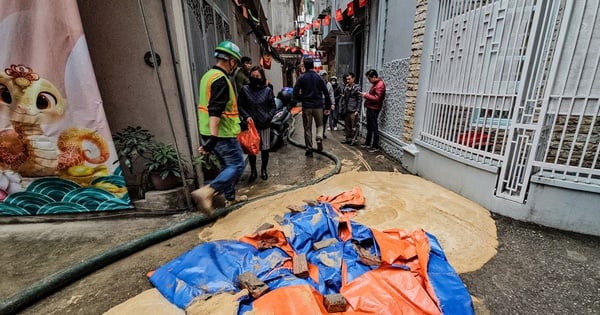
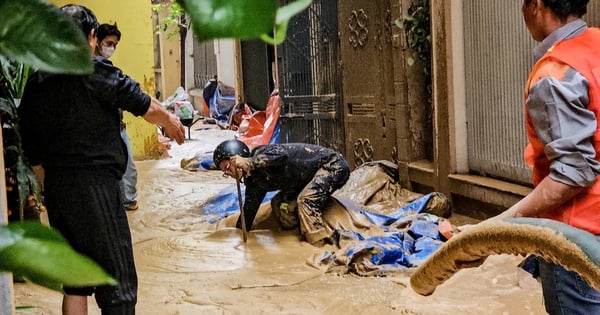

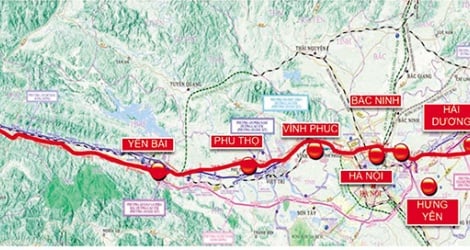

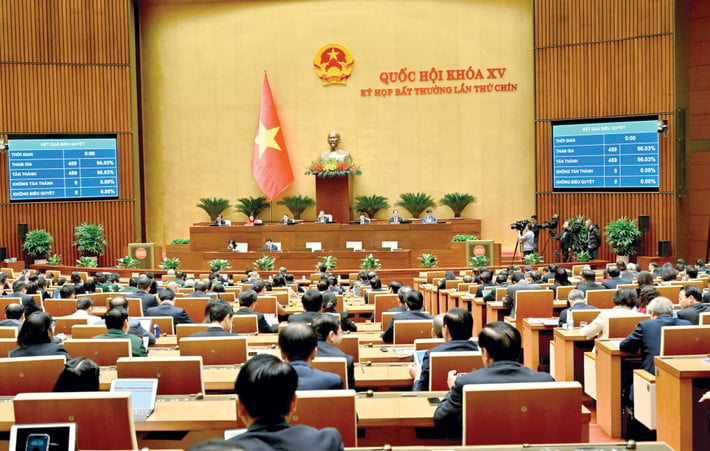

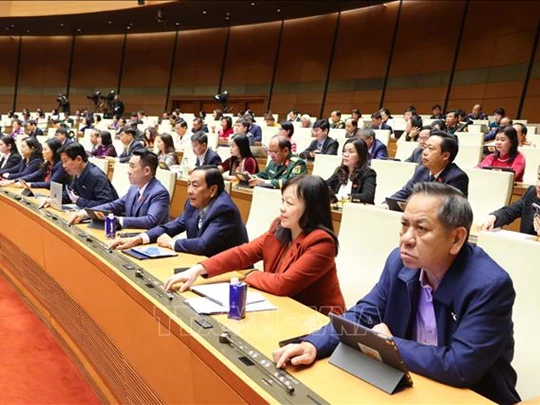

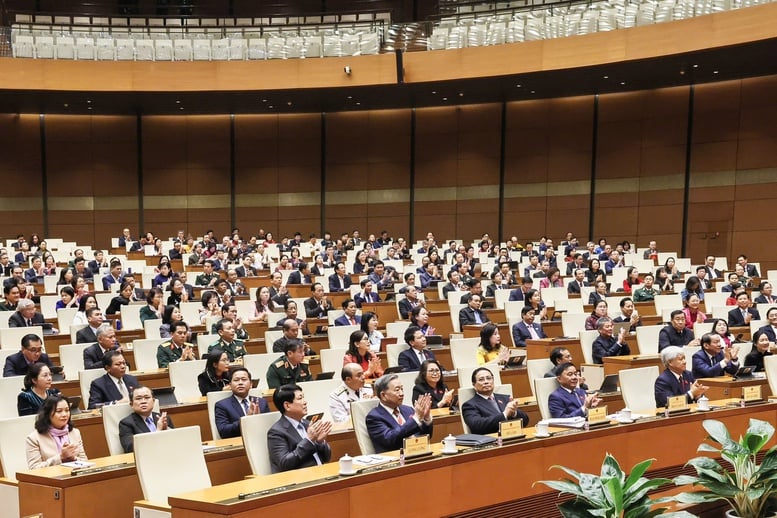

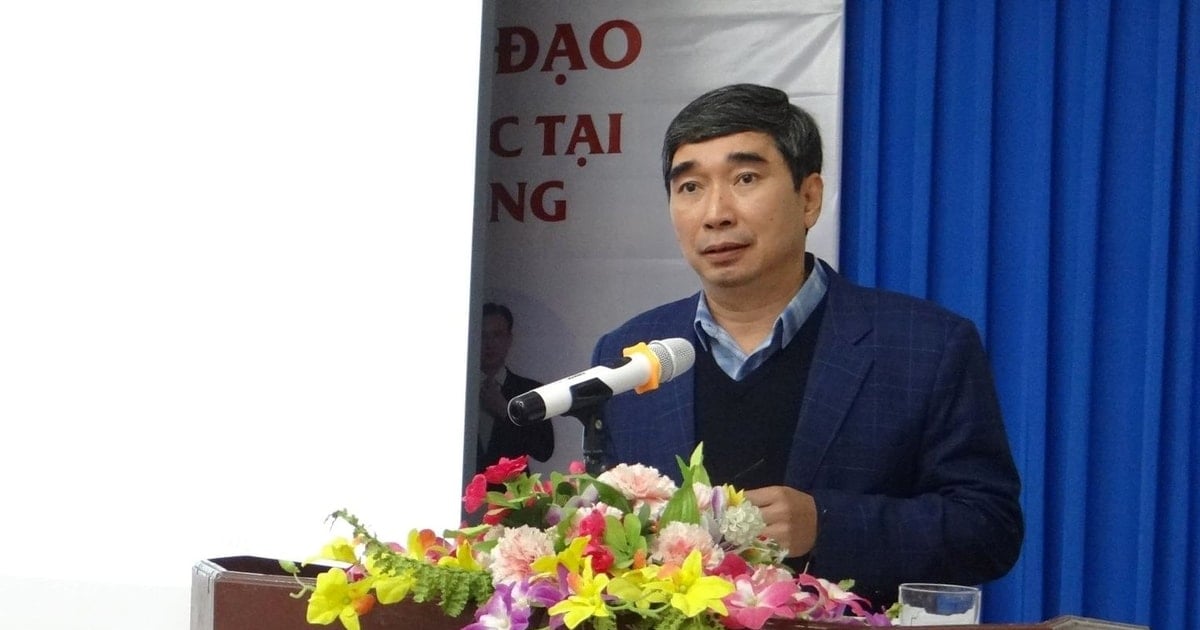

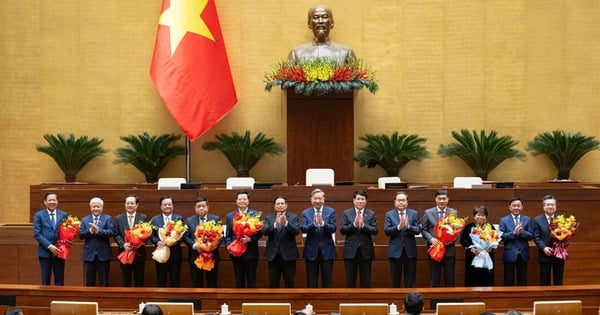
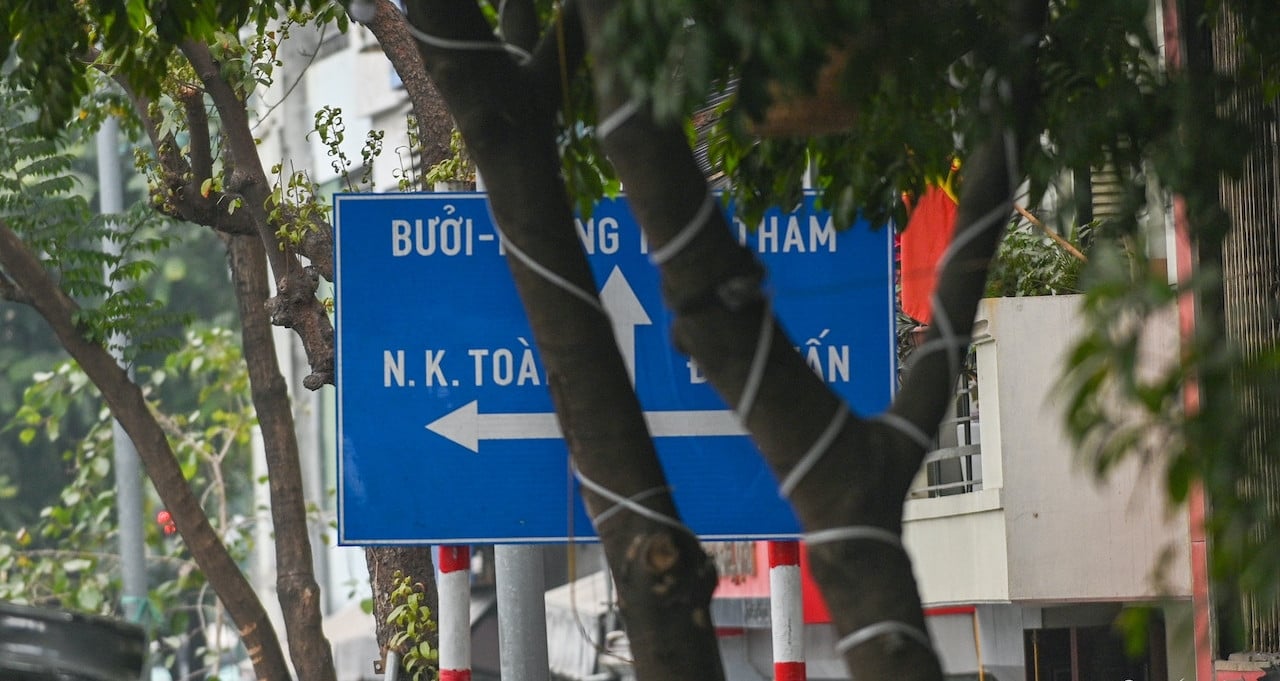

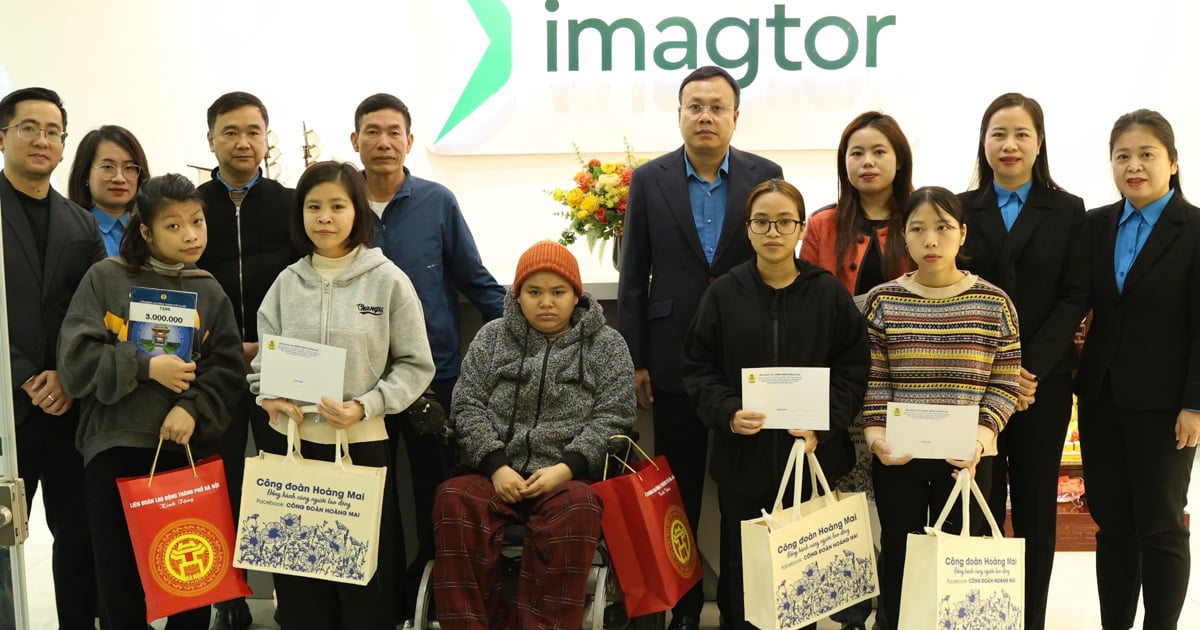

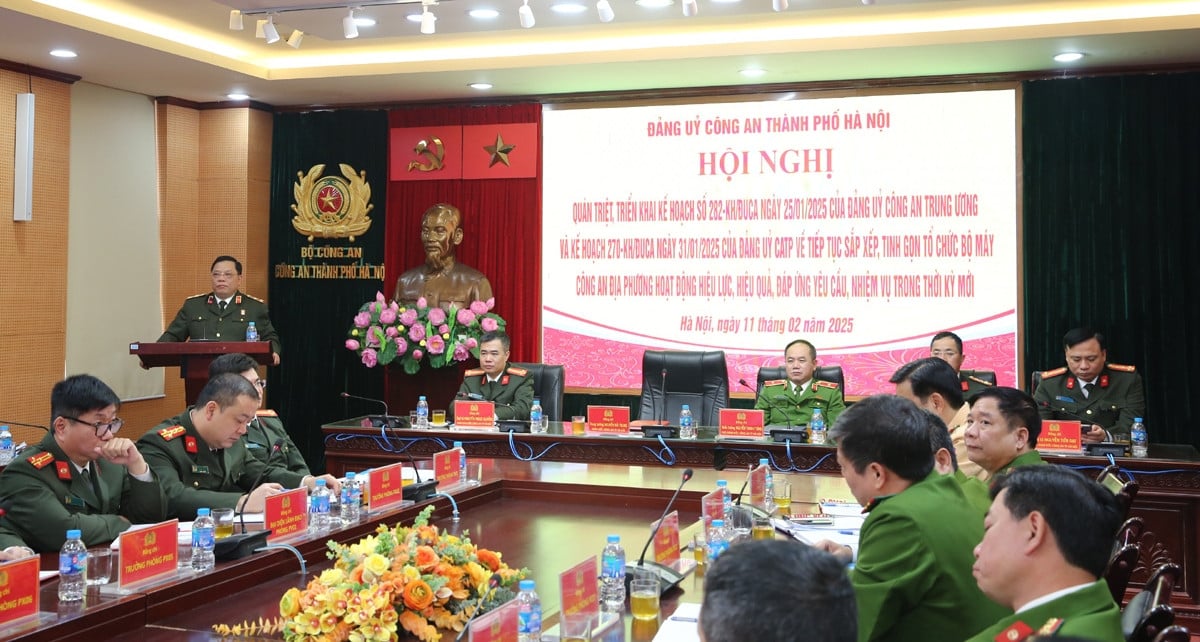
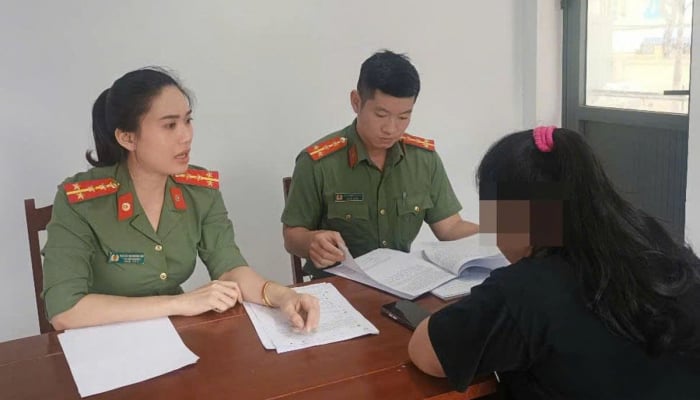

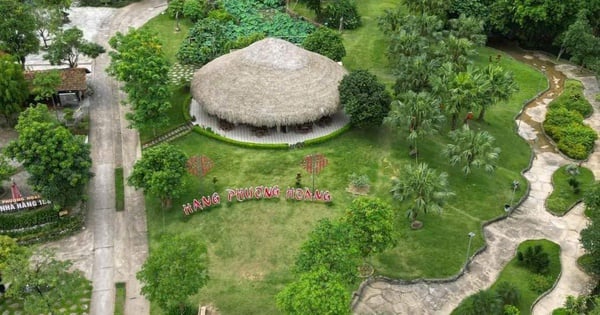
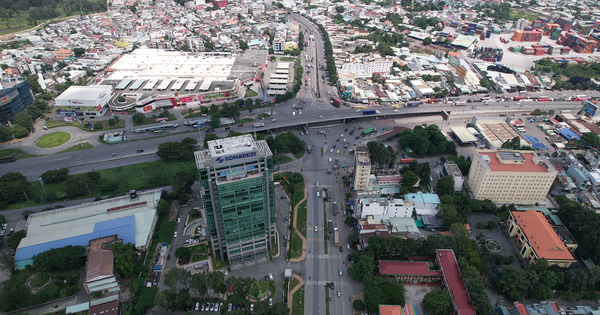
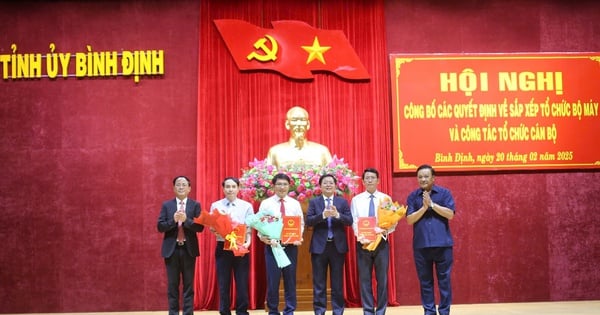
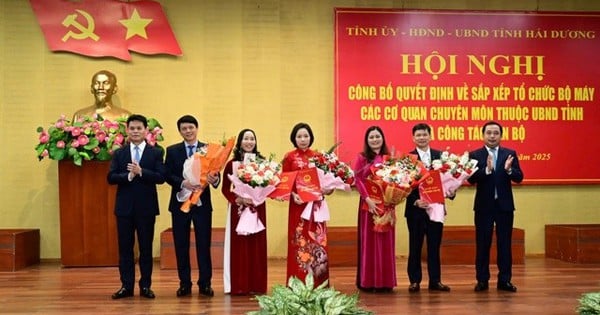
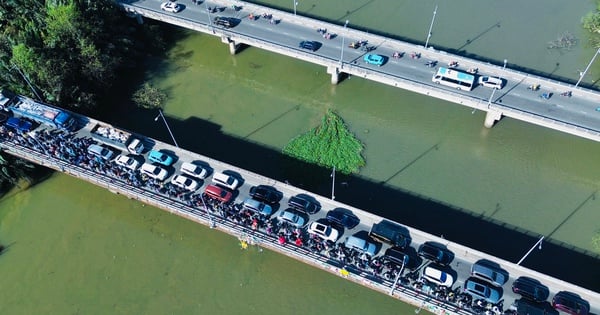
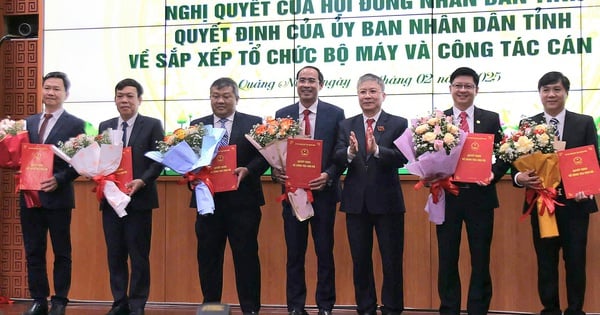

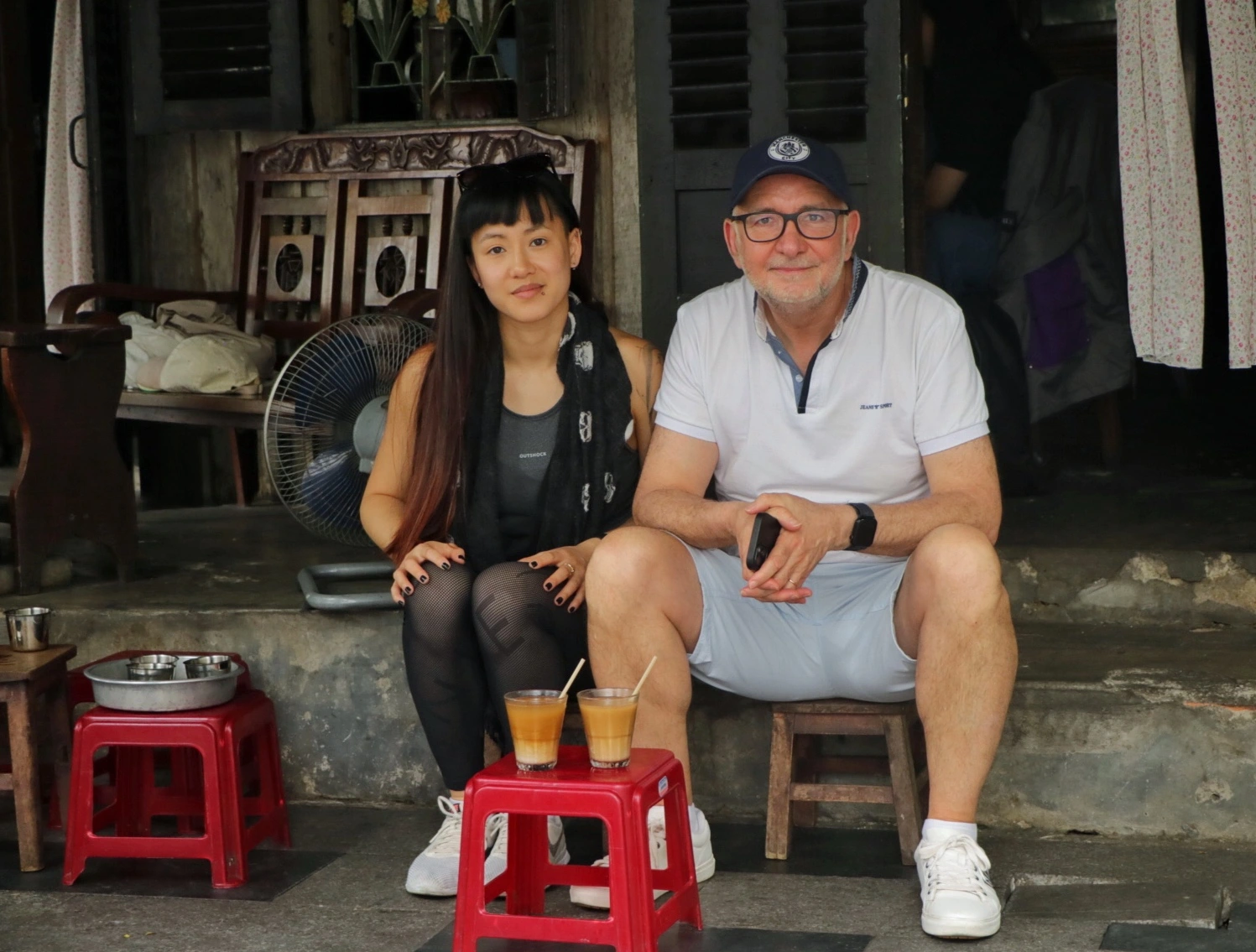

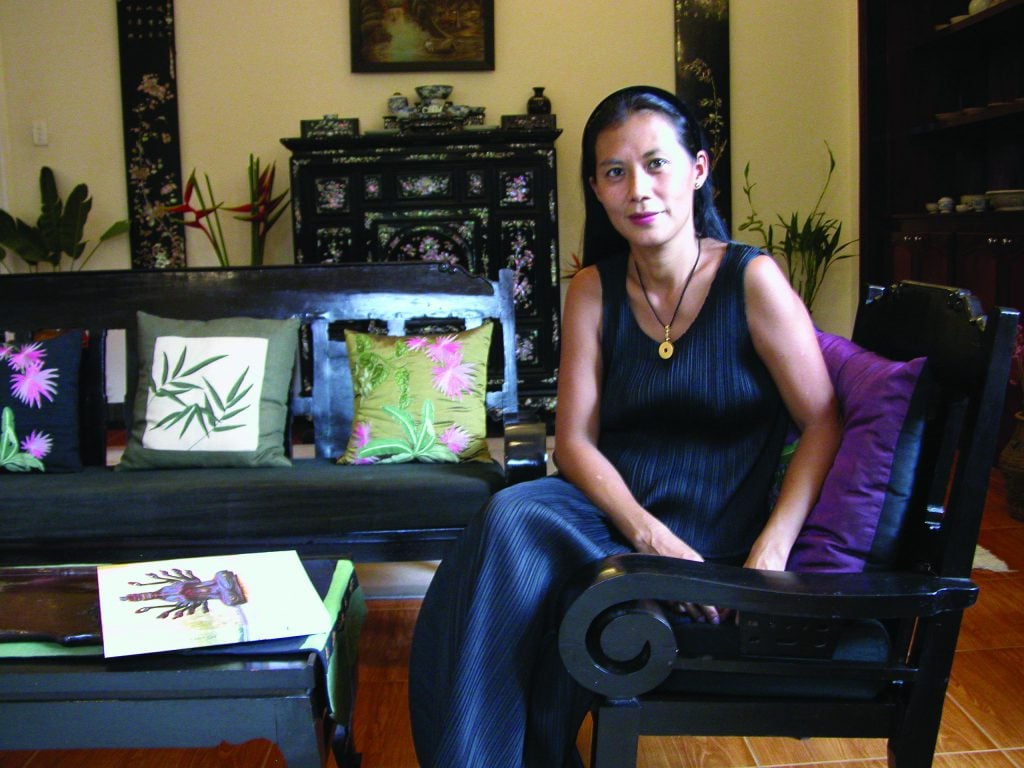

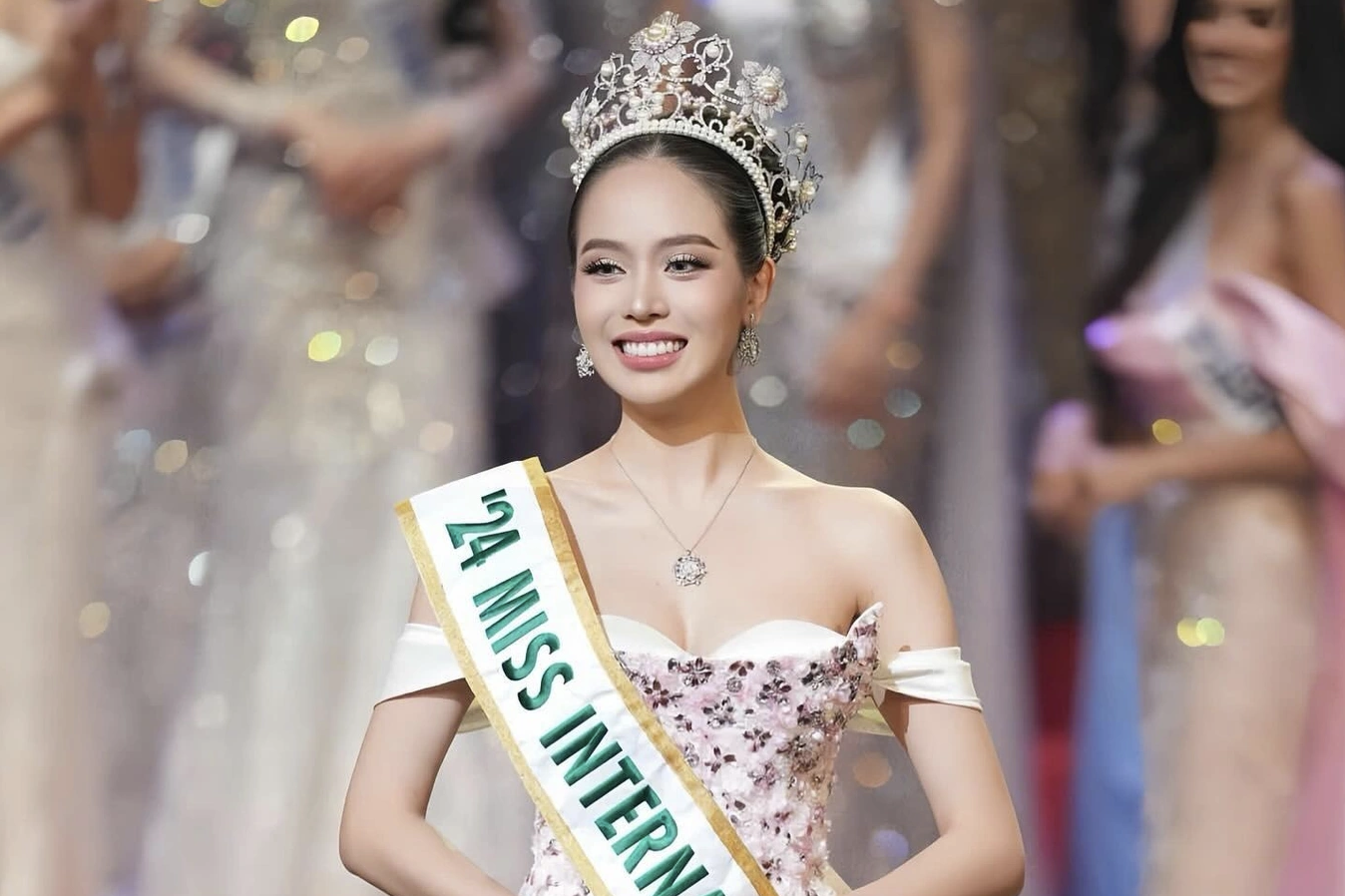

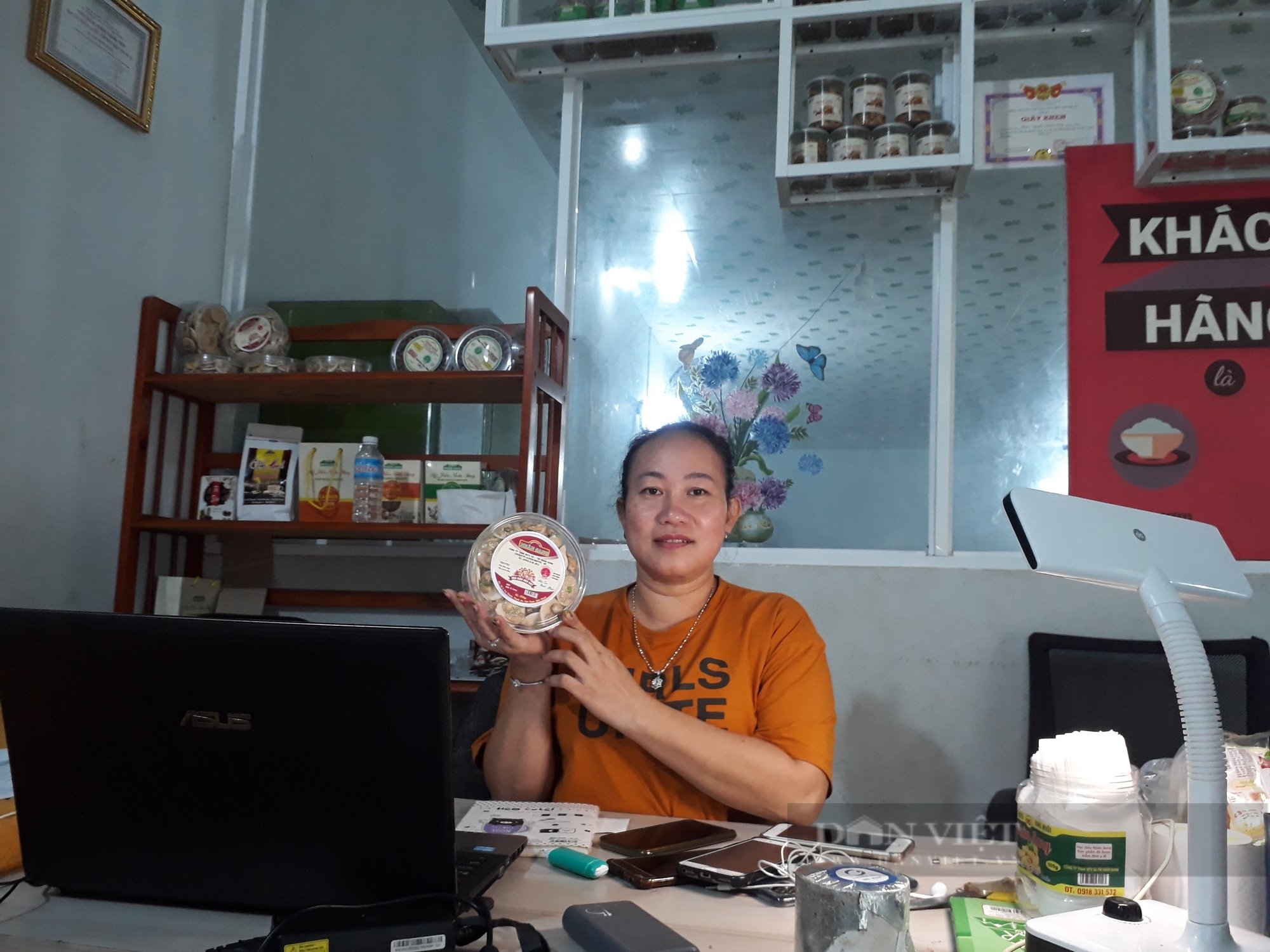

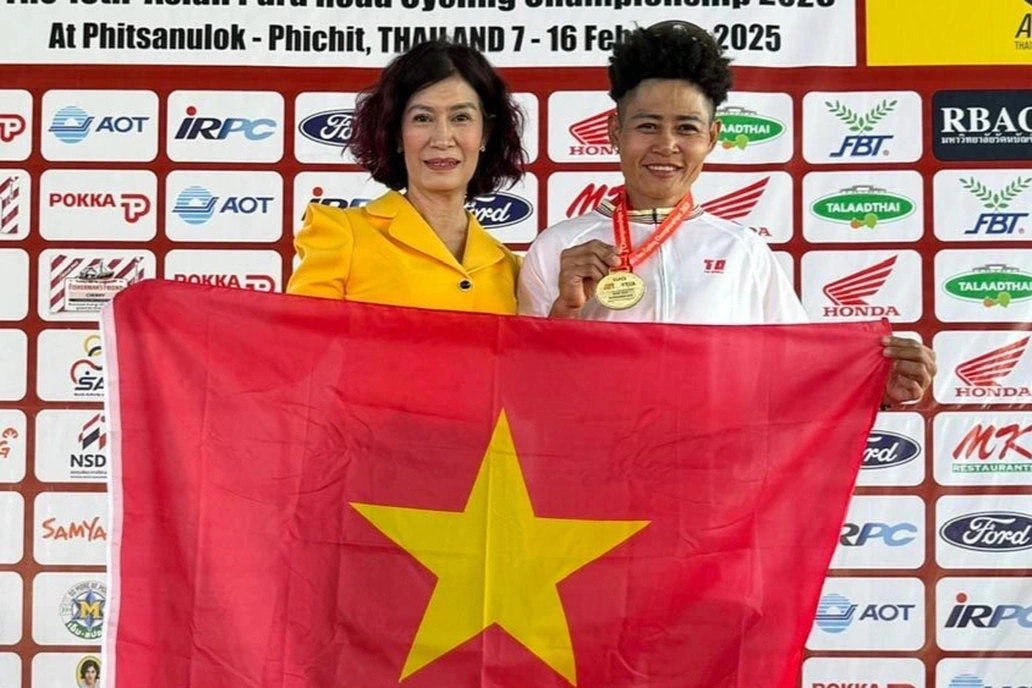

Comment (0)